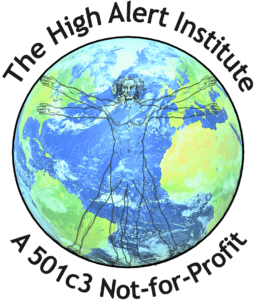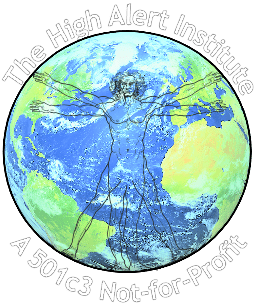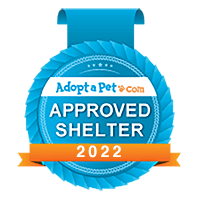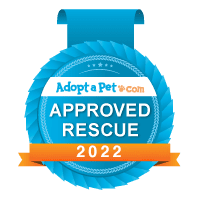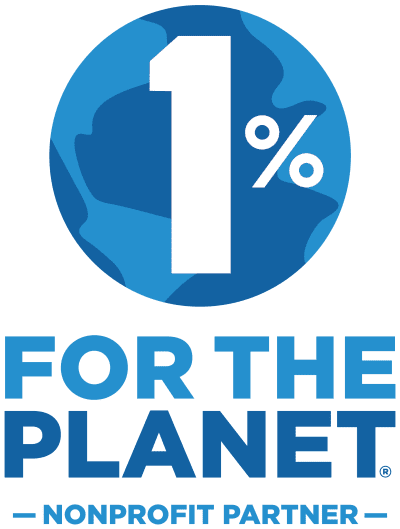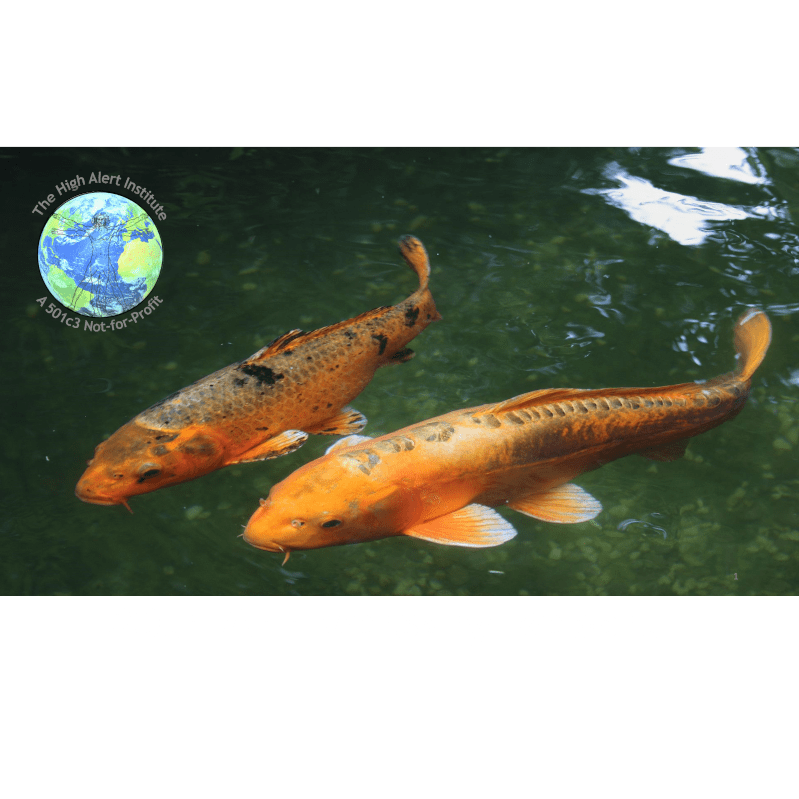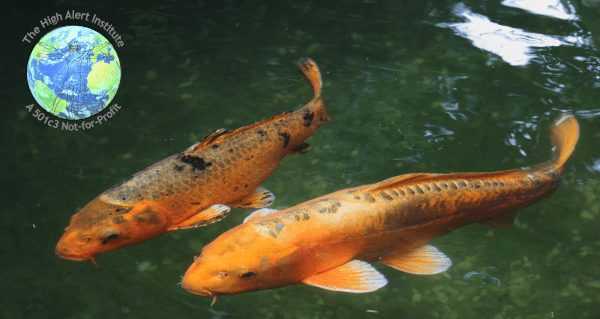It is a common misconception that only a large-scale disaster or thousands of protesters will get the immediate attention of the government or large corporations. On December 29, 2006, I saw this misconception proven wrong. It was an average day in our busy Emergency Department. We were running at 100 percent backlog meaning that there were as many patients waiting in the lobby as we had rooms and chairs in the emergency treatment area.
In the early afternoon a 49 year old man presented with severe chest pain. “Glen” was sweaty, short of breath and looked very ill. This very pleasant gentleman was a naval veteran sent from the VA Clinic just next door to our hospital–Highlands Regional Medical Center. “Glen” had experienced this same type of chest pain almost three years prior to this occasion when he had a near catastrophic tear in the aorta (the main artery carrying blood from the heart to the rest of the body). After his aorta was surgically repaired, “Glen” followed all his doctors’ orders and had been perfectly fine…until just before we saw him.
I ordered an emergency CT scan of his chest that appeared to show exactly what he had feared, another tear in his aorta—but this one this one extended the entire length of the aorta from the top of his heart all the way to his legs. A town the size of Sebring, Florida does not have the resources to repair such a severe, life-threatening problem. So, I tried to refer Glen back to the surgeon at Tampa General Hospital who had previously fixed Glen’s problem. However, once I described Glen’s current problem, the surgeon at Tampa General indicated his problem was too complex even for that prestigious facility. He recommended University of Florida’s Shands Hospital in Gainesville. Unfortunately, the answer was the same there and at every other major medical center in Florida—the case was too complex for any facility in Florida.
Usually when another hospital is unable to provide medical care, that is the end of their involvement. That outside hospital simply goes on with their usual day, but today would be different. Each hospital that we called, save one, would remain involved in this patient’s care. They did not provide medical services directly, but they took the initiative to assist in finding an expert who was both capable of performing the needed surgery and had the available resources to perform that surgery on a holiday weekend.
The dedication of effort and resources was not limited to outside hospitals. During the ensuing 12 hours, our own hospital administrator would call on the entire resources of HMA, the nationwide hospital corporation that runs Highlands Regional Medical Center. The vice president of nursing at Highlands Regional Medical Center would draw on all her professional contacts, her religious faith and even her social contacts. The Emergency Room physicians’ group with which I work, ED Care Management, also threw its muscle into the task as the Regional Vice President joined the ad hoc phone bank. Within 6 hours there were literally scores of the top physicians and nurses in the country making phone calls attempting to find this one individual, this average guy, the right specialist in the right facility.
Through the work and contribution of these many facilities and healthcare professionals, a surgical expert was found at the University of Alabama in Birmingham, but there was a potential problem–a lack of available bed space. Once again the efforts of many converged to save the one. Those at the University of Alabama Birmingham were so determined that the efforts of scores of their colleagues would not go to waste that they found the bed space. Some of us even joked that they must have built a manger just for “Glen.”
As is often the case in life, no sooner had one problem been solved than another arose. How would we transport a critically ill individual on a holiday weekend from Sebring, Florida to Birmingham, Alabama? When emergent medical transportation is needed, medical professionals and the general public assume that a helicopter “is only a phone call away”. Unfortunately, the realities of fuel restrictions, air space restrictions and even licensing restrictions made helicopter (known in the industry as rotary wing) transportation impossible in this case. This meant that the patient would have to fly in a jet air ambulance (also known as a fixed wing).
Every air ambulance service available in Florida was contacted. For safety reasons the Federal Aviation Administration (FAA) limits air medical crews to 12 operational hours in every 24 hours. Owing to the holidays and the cyclical nature of medical illnesses, every civilian air ambulance system had utilized all of their available air medical crew hours. No air crew would be available for at least nine hours to even begin flying to our facility. Unfortunately, Glen could not survive that long. Time was definitely against us.
The air ambulance business is fiercely competitive. Air ambulances are obscenely expensive to operate and their services are not well reimbursed by insurance (if at all). Because of the fierce competition, these companies, while friendly and collegial, seldom work together. Tonight they did. Air crews and air dispatchers from the largest companies communicated in an attempt to “cobble together” one air crew with enough time to make a one way flight–stop in Sebring, pick up the patient and fly to Birmingham. Then the crew would be stranded in Alabama for an additional 12 hours of mandatory rest.
Simultaneously, the rotary wing service at Tampa General, known as Aeromed, began making phone calls of their own. Since the civilian fixed wing options were exhausted, Aeromed called MacDill Air Force Base and the Coast Guard. With the assistance of MacDill Air Force Base, Aeromed contacted the Coast Guard duty officer and made a plea for a military medical evacuation flight from Sebring to Birmingham.
Their efforts paid off. Within minutes, the duty officer for Coast Guard Station Miami called Highlands Regional Medical Center to obtain medical information about the patient. He then rushed that information up his chain of command and obtained authorization for a flight. Once a flight was authorized and its planning began, the duty officer contacted us at Highlands Regional Medical Center to assist us in obtaining the required federal authorizations through the Air Force Rescue Command Center.
The duty officer for the Air Force Rescue Command Center was equally eager to help. The Air Force duty officer took the information and presented it to his chain of command. With the Air Force Rescue Command Center authorization in hand, the Air Force duty officer contacted us to assist us in obtaining a State of Florida request for federal intervention. This step is absolutely required to allow federal assets, including the military, to assist in such a medical emergency.
The Florida Department of Emergency Management duty officer took the information and contacted the Governor in the middle of the night. Shortly thereafter, the duty officer called back indicating that Jeb Bush’s order on behalf of one man, “Glen,” had been issued formally requesting federal assistance. As I was not only the emergency room physician responsible for “Glen’s” care, but a Federal Medical Officer with the Department of Homeland Security’s National Disaster Medical System Disaster Medical Assistance Team –FL3, I was asked to serve as the air medical crew for the mission. Within moments the duty officer from Coast Guard Station Miami called to confirm that the Coast Guard had authorization for Coast Guard Rescue Flight 2114. “Glen’s” wife would serve on this flight as my nurse. ED Care Management shifted physician staffing on the fly to cover for me in my absence. The mission was a go.
When this small group arrived at the airport they were greeted by AMT3 Anthony Vaele, a young naval veteran now serving in the Coast Guard. Despite the fact that Tony had almost 20 hours in the air that day, he greeted the group with a huge smile and a warm handshake. AMT2 Matt Gerber was the engineer/radar officer in the back of the aircraft. He briefed me on both the safety and the operations of the aircraft so that I could provide patient care during our 90 minute flight. Lieutenant Jason Barrett and Lieutenant Bill Bashwinger piloted the aircraft with precision and speed. Consummate professionals, these men were the personification of military precision. The four men had a constant smile being obviously cognizant of the fact that they represented not only the Coast Guard, but also a nation of concerned neighbors working together for Glen. They were also obviously happy to be a part of saving one man’s life.
When the patient’s condition worsened in flight the pilots hastened their pace. The Falcon, which had already seemed to be moving as fast as it could, and faster than any commercial flight, accelerated with a lurch. In what seemed only moments, final approach procedures began.
After landing, Glen and his wife were quickly transferred to a waiting University of Alabama Birmingham ambulance. The EMT and paramedic who had been on duty close to 22 hours met the couple and me with a smile and a warm handshake. Their “Welcome to Birmingham!” seemed almost planned to provide the brightening of the mood that was needed at this moment. A quick ambulance ride to the University of Alabama Birmingham and Glen was safe in the hands of the surgical team capable of treating his condition. But that is not the end of the story.
As I rode back to the waiting Coast Guard plane, the University of Alabama Birmingham crew queried with great enthusiasm about the flight and the likelihood that this one man could have been taken from a place where he had no chance of survival across hundreds of miles and a state line to a place where his likelihood of survival was maximized. They marveled that not only a hospital, but an entire hospital corporation, would take on such a task. They were amazed that not only would sister hospitals and colleagues make such an effort, but that multiple state and federal agencies and even the governor of Florida would come to the aid of the common man. They seemed to take great comfort in the fact that if it were ever their turn such a thing could happen for them too.
As Coast Guard Flight 2114 headed for home to Coast Guard Station Miami the crew, in an almost celebratory mood, exchanged jokes and congratulations with each other and myself at having been part of the rescue of one man. They admitted that they had never been on a mission like this. These professional pilots and airmen, these protectors of our nation’s security and of one man’s life, now flew homeward with uplifted hearts and uplifted spirits for what they had been part of, for what they had contributed to and for what they had made possible.
The next time that any of us hears someone say that America does not care, that our government does not care, that our elected officials do not care, that big corporations do not care, that doctors, nurses, healthcare professionals do not care–remind them of December 29, 2006 when the resources of an entire nation gathered for a moment in the small city of Sebring, Florida to carry one family on the wings of four Coast Guard angels to save one solitary life.
Semper Paratus
